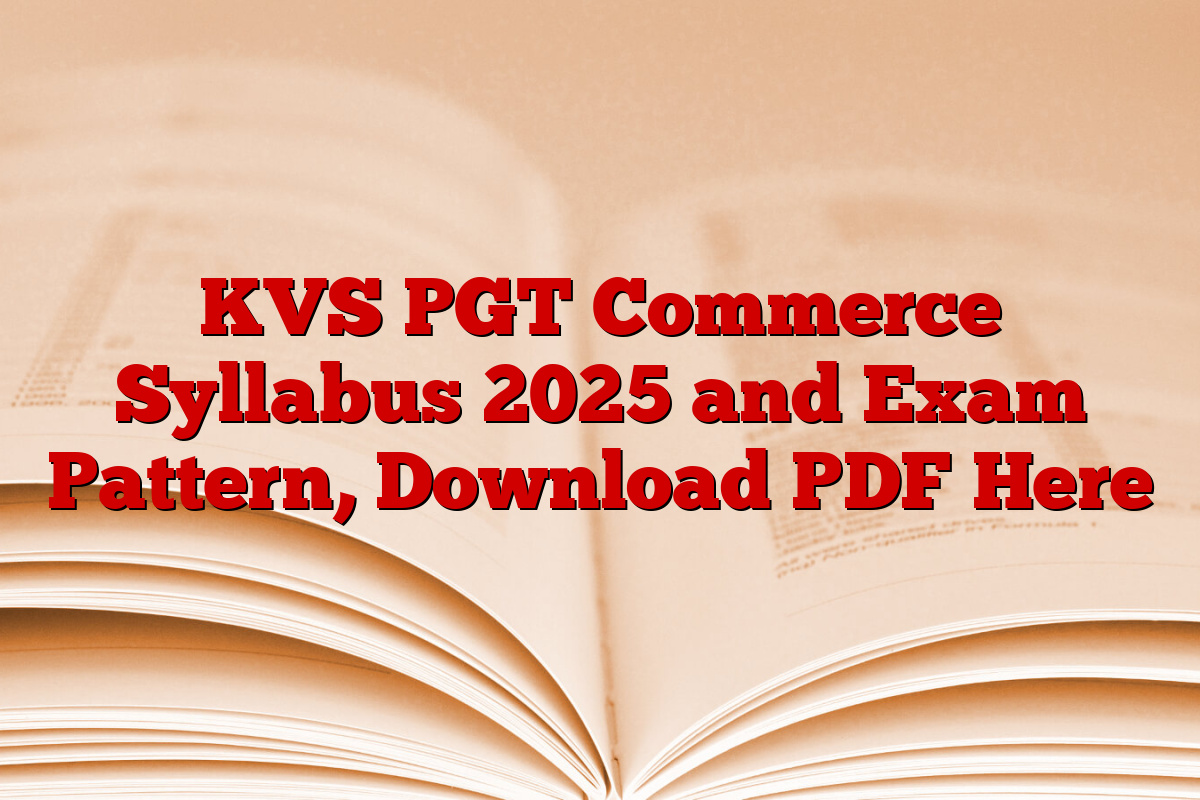- Introduction to Business: Concepts, Characteristics and Objectives of Business, Classification of Business: Industry and Commerce, Distinctive Features of Business, Profession and Employment, Choice of Form of Organization, Large Scale and Small Scale Business, Government Assistance to Small Scale Sector
Forms of Business Organization: Sole Proprietorship, Joint Hindu Family, Partnership, Joint Stock Company, Co-operative Organization
Business Ownership: Dynamics of Private, Public and Joint Sectors, Public Enterprises and Role of Public Sector, Global Enterprises (MNCs) and Joint Ventures - Business Services: Impact of Technology on Banking, Insurance, Transportation, Warehousing, Communication, Business Services
- Trade: Internal Trade- Retail and Wholesale Trade, Emerging Methods of Trade- Franchise, E-Business and Outsourcing, International Trade- Export-Import- Process and Documentation, EPZ/SEZ, International Trade Agreements: Like WTO, UNCTAD, World Bank, IMF.
- Business Finance: Owners and sources of borrowed funds, sources of raising finance- equity and preference shares, GDRs, ADRs, debentures, bonds, retained profits, public deposits, loans from financial institutions and commercial banks, credit-rating and rating agencies, trade credit, micro-credit.
- Social Responsibility of Business: Business Ethics and Environmental Protection
- Management: Concept, objectives, nature as a science, art and profession, levels and principles of management (general and scientific), business environment- meaning, importance and dimensions, special reference to liberalisation, privatization and globalization, business as a vision of the future, management functions- planning, organizing, staffing, directing, controlling and coordinating.
- Financial Management: Meaning, Scope, Role and Objectives, Financial Planning, Capital Structure, Leverage
- Fixed and working capital: meaning and factors affecting requirements
Financial Market: Money Market- Nature and Instruments, Capital Market- Primary and Secondary Market, Stock Exchanges (NSEI, OTCEL), Procedures, SEBI Regulations - Human Resource Management: Meaning, Importance, Manpower Estimation, Recruitment and Selection, Training and Development, Compensation, Performance Appraisal
- Marketing: Meaning, functions and role of marketing, levels and changing aspects of marketing, product-mix, models of marketing.
Organizational Behavior: Individual Behavior Concepts and Applications, Personality Perception, Learning and Attitudes, Leadership Approaches, Communication and Group Dynamics - Emerging Trends in Management: Business Process Reengineering, Total Quality Management, Quality Circle, Benchmarking, Strategic Management, Knowledge Management, Business Standardization and ISO
- Consumer Protection: Meaning, Importance, Rights and Responsibilities of Consumers, Consumer Awareness and Legal Redressal (Consumer Protection Act)
Role of consumer organizations and IGOs
- Accounting: Meaning, objectives and qualitative characteristics of accounting information, Accounting principles, concepts and standards, Cash and accrual basis of accounting
- Process of Accounting: Vouchers, Transactions, Accounting Equations, and Rules of Debit and Credit, Books of Basic Entry- Journals and Special Purpose Books, Ledger Postings from Journals and Subsidiary Books, Correction of Errors, Bank Reconciliation Statements, Balancing of Accounts, Trial Balance
- Accounting of Joint Stock Companies: Share Capital: Types of shares, accounting for issue, allotment, forfeiture and re-issue, Debentures: Types, methods of issue and redemption, Final accounts of sole proprietors and joint stock companies, Emerging trends in presentation of final accounts, Accounting for liquidation,
- Financial Statement Analysis: Meaning, Importance and Limitations, Tools for Financial Statement Analysis- Comparative Statements, Common Size Statements, Trend Analysis, Accounting Ratios
- Fund Flow and Cash Flow Statement: Meaning, Objectives and Preparation as per Revised Standards issued by ICAI
- Cost Accounting: Nature and functions of cost accounting, job costing, process costing, marginal costing, cost-volume-profit relationship, cost control and cost reduction techniques.
- Computers in Accounting: Introduction to computers and accounting information systems, Application of computers in accounting, Automation of accounting processes, Designing accounting reports, MIS reporting, Data exchange with other information systems, Ready-made, customized and tailor-made accounting systems
- Accounting and Database Management System (DBMS): Concept of Entity and Relationship in Accounting, Database Management System (DBMS) in Accounting
- Inflation Accounting and Accounting for Human Resources: Inflation Accounting, Accounting for Human Resources and Social Responsibility of an Organization

